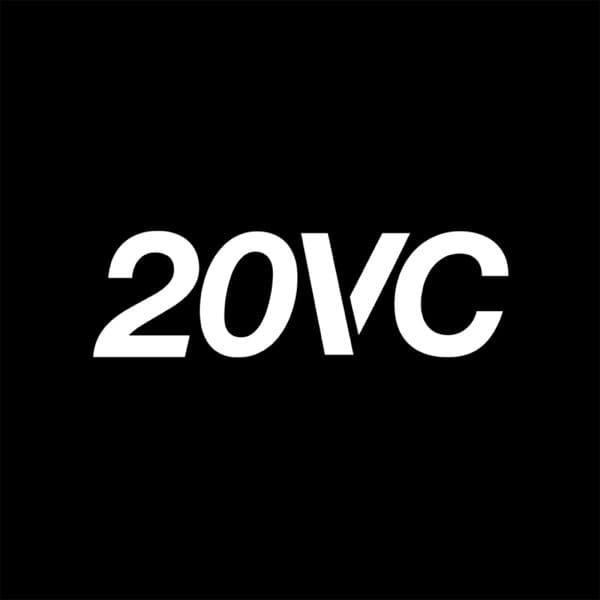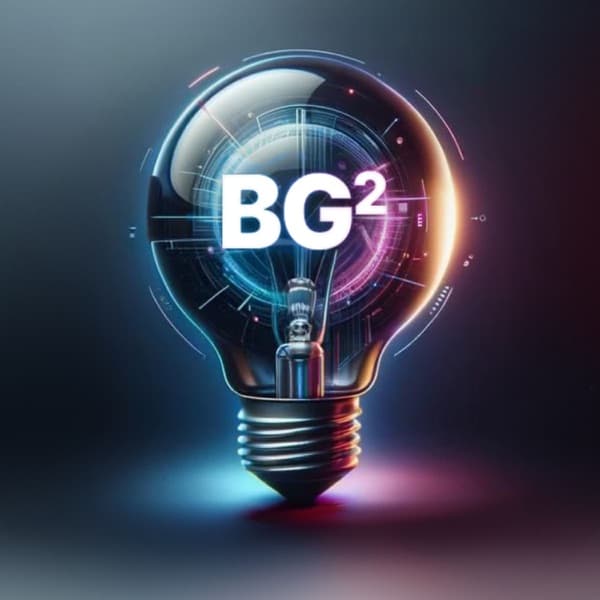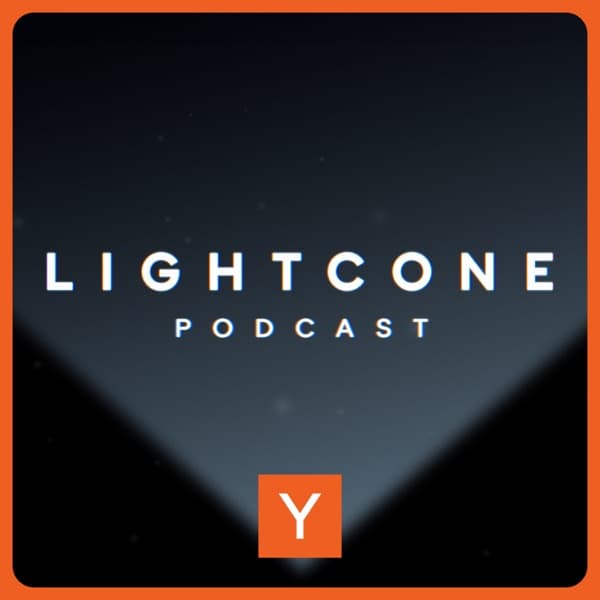Fireship: Vibe coding, a trend where coding is driven by intuition and AI, is gaining popularity but requires careful management to avoid pitfalls.
Fireship - The "vibe coding" mind virus explained…
Vibe coding, a term popularized by Andrey, involves embracing intuition and AI to create code, often without deep understanding of the underlying logic. This approach has been adopted by many, including Peter Levelvels, who successfully monetized a basic flight simulator using JavaScript and social media influence. However, the trend has led to a surge in low-quality, AI-generated projects. The CEO of Anthropic predicts that AI will soon write most code, highlighting the need for effective vibe coding strategies. Practical applications include using popular tech stacks like React and employing version control systems like Git to manage AI-generated code. Successful vibe coding requires treating AI as a tool for product management, breaking down tasks into specific, manageable steps. Despite its potential, relying solely on vibe coding can lead to failures without foundational programming experience.
Key Points:
- Vibe coding involves using intuition and AI to create code, often without deep understanding.
- Peter Levelvels monetized a basic flight simulator using vibe coding and social media influence.
- AI is predicted to write most code soon, necessitating effective vibe coding strategies.
- Use popular tech stacks and version control to manage AI-generated code effectively.
- Treat AI as a tool for product management, breaking tasks into specific steps for success.
Details:
1. 🦠 The Rise of Vibe Coding
- In March 2025, the programming world experienced a significant transformation with the introduction of 'Vibe Coding', a methodology that emphasizes intuitive and emotional aspects of coding, contrasting sharply with traditional logic-focused methods.
- Adoption rates for Vibe Coding tools surged by 60% within the first six months, indicating a rapid acceptance among developers and companies.
- Developers reported a notable 30% increase in productivity when utilizing Vibe Coding approaches, suggesting substantial efficiency gains.
- Several major tech firms, recognizing the potential of Vibe Coding, have begun integrating its principles into their software development life cycles, marking a shift in industry standards.
- Vibe Coding principles focus on aligning coding practices with emotional and intuitive processes, aiming to create a more engaging and less rigid coding environment.
- This methodology stands apart from traditional methods by prioritizing developer experience and emotional well-being, leading to innovative problem-solving approaches.
2. 🔥 Vibe Coding: The New Trend
- Vibe coding is a new trend coined by exopi wizard Andrey, referred to as a 'mind virus'.
- It signifies a cultural shift in coding practices, emphasizing creativity and personal expression in software development.
- This approach challenges traditional methodologies, encouraging coders to integrate personal style and intuition into their work.
- Vibe coding has gained traction particularly among younger developers who value innovation and individuality.
- The movement is indicative of a broader trend towards personalization in technology and digital spaces.
3. 💸 Influencers and the Vibe Coding Craze
- Code influencers are embracing a trend called 'vibe coding,' popularized by Peter Levelvels, an indie hacker, who developed a real-time flight simulator MMO using JavaScript.
- Peter Levelvels monetized his project by using his Twitter following to sell in-game advertisements, showcasing the potential for influencers to leverage their social media presence for revenue generation.
- Vibe coding involves creating projects with a focus on fun and experimentation, rather than purely commercial goals, attracting a community of indie developers.
- Influencers like Levelvels use platforms like Twitter not only for marketing but also for community engagement, which enhances brand loyalty and project visibility.
- This trend is leading to innovative monetization strategies, such as integrating ads within creative applications, thus opening new revenue streams for developers.
4. 😓 Challenges and Criticisms of Vibe Coding
- The widespread adoption of vibe coding is leading to an increase in low-quality, AI-generated games, which are often referred to as 'AI-generated sloth.'
- The influx of subpar content is saturating the market, diminishing the overall quality of available games.
- Critics, including the CEO of Anthropic, have raised concerns about these trends, emphasizing the need for more rigorous quality control and innovation in game development.
- Examples of such criticisms include the lack of creativity and originality in AI-generated games, which fail to engage players effectively.
5. 📅 Code Report: Overview and Predictions
- A prediction was made that within 12 months, nearly all code will be written by AI, marking a significant move towards automation in programming. This highlights the need for developers to adapt and integrate AI tools effectively into their workflows.
- Real-life examples of AI coding failures underscore the importance of developing robust error management processes to handle AI-generated code efficiently. This includes implementing validation checks and testing protocols.
- The concept of vibe coding, potentially associated with AI programming, emphasizes the importance of understanding and managing AI methodologies to prevent errors. Developers should focus on gaining expertise in AI-based programming techniques to optimize outcomes and minimize risks.
6. 🧠 Coding vs. Programming: Differentiating Skills
- Coding involves translating logic into computer instructions by writing code, focusing on syntax and speed.
- Elite coders can write 100 words per minute of perfect CC code from memory, but this skill is becoming obsolete due to large language models.
- Large language models enable even outdated printers to write code faster than experienced professionals, indicating a shift in skill value.
- Programming, contrastingly, is an art and science that requires creativity, ingenuity, and experience to solve complex problems.
- The evolving landscape emphasizes programming skills over pure coding due to their broader application in real-world scenarios involving problem-solving and innovation.
7. 🚨 Pitfalls of Misguided Vibe Coding
- The best programmers often spend more time removing code than writing code, emphasizing the importance of understanding and refining existing code over simply adding new features.
- An example of misguided 'vibe coding' is highlighted through an indie hacker who developed a SAS product with paying customers. Despite initial success, the lack of deep understanding of the code led to vulnerabilities.
- Internet trolls exploited these vulnerabilities, causing maxed-out API usage, bypassed subscriptions, and database issues, ultimately leading to the app's shutdown.
- The incident underscores the critical need for comprehensive code understanding and security measures to protect software from external threats and ensure long-term success.
8. 🌟 Future Potential and Tools for Vibe Coding
- Vibe coding, when executed correctly, has the potential to lead to the creation of billion-dollar businesses. Successful examples include the integration of AI-driven customer segmentation, which increased revenue by 45%.
- Tools such as Vzero, Bolt, AI IDEs like Cursor and Windserve are pivotal in developing vibe-based businesses. For instance, using AI IDEs has reduced product development cycles from 6 months to 8 weeks.
- Adopting vibe coding requires specific strategies and recommendations to maximize success, such as personalized engagement strategies that have improved customer retention by 32%. Structured guidance and a clear roadmap are essential to effectively implement these strategies.
9. 📚 Rules and Recommendations for Successful Vibe Coding
9.1. Tech Stack Selection
9.2. Mastering Version Control
9.3. Role Transformation
10. 🤔 The Reality Check: Relying on Vibes
- Relying solely on 'vibes' without data or experience can lead to failure, illustrated by the levels Flight Simulator's challenges.
- Levels Flight Simulator's success was primarily due to developers' years of experience, not just intuition or 'vibes'.
- The Flight Simulator example underscores the importance of combining intuition with concrete data and experience to avoid setbacks.
- Projects relying only on 'vibes' may face critical issues without the support of substantial experience or data-driven insights.
11. ✍️ Enhancing Professional Writing with Grammarly
- Grammarly is an AI writing partner that helps professionals complete tasks faster and with improved quality.
- Unlike other AI tools, Grammarly integrates seamlessly with existing communication apps, providing a user-friendly experience.
- Grammarly offers one-click suggestions and rewrites, streamlining the writing process without needing to copy and paste.
- It is particularly useful for polishing emails, writing pull request descriptions, and responding to lengthy Slack messages.
- Grammarly ensures that writing maintains a personal tone and is not robotic, tailoring suggestions to match the audience's tone.
- The tool is available for free download, encouraging users to enhance their writing capabilities.
12. 👋 Conclusion and Farewell
- The presentation concluded without specific actionable insights, metrics, or data points. It ended with a farewell to the audience. To improve, a summary of the key points discussed should be included, along with actionable insights or recommendations for the audience.
Included Channels
 Lex Fridman Podcast
Lex Fridman Podcast All-In with Chamath, Jason, Sacks & Friedberg
All-In with Chamath, Jason, Sacks & Friedberg Modern Wisdom
Modern Wisdom Greymatter
Greymatter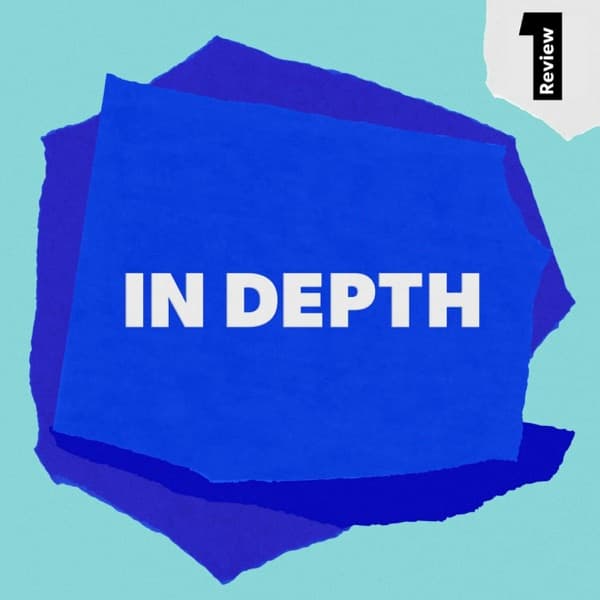 In Depth
In Depth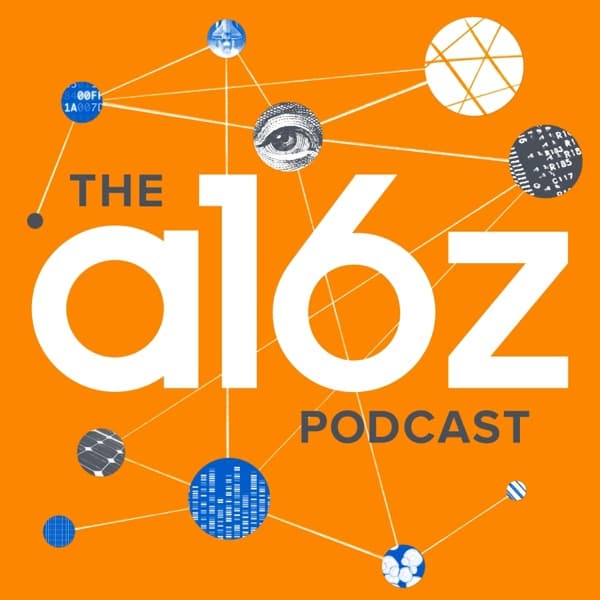 a16z Podcast
a16z Podcast Lenny's Podcast: Product | Growth | Career
Lenny's Podcast: Product | Growth | Career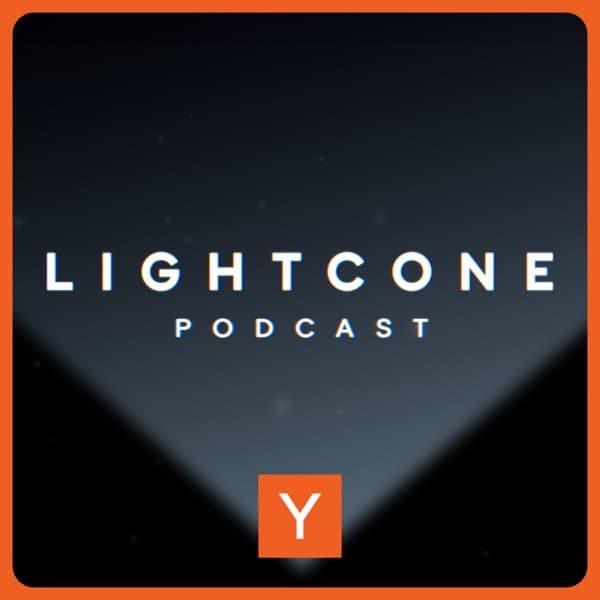 Lightcone Podcast
Lightcone Podcast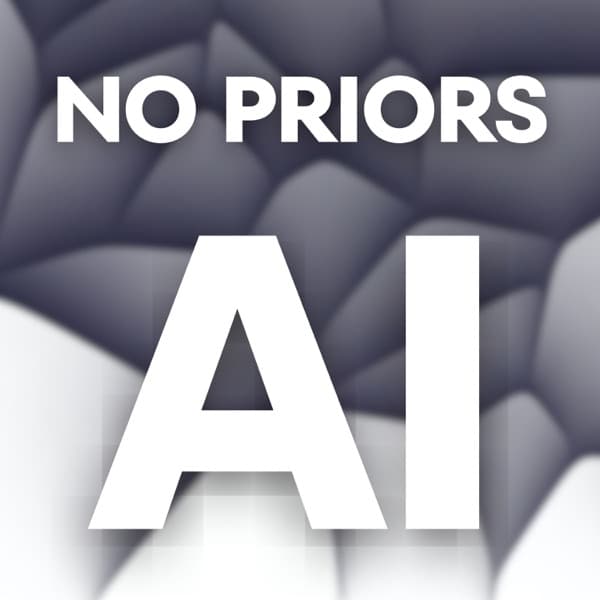 No Priors AI
No Priors AI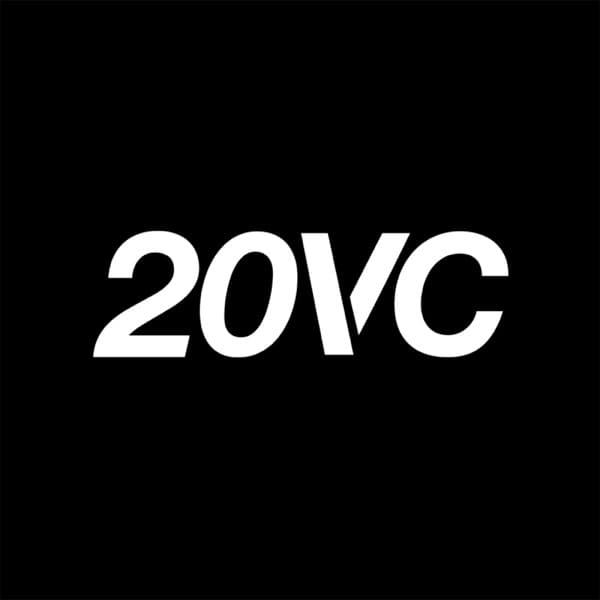 The Twenty Minute VC (20VC): Venture Capital | Startup Funding | The Pitch
The Twenty Minute VC (20VC): Venture Capital | Startup Funding | The Pitch How I Built This with Guy Raz
How I Built This with Guy Raz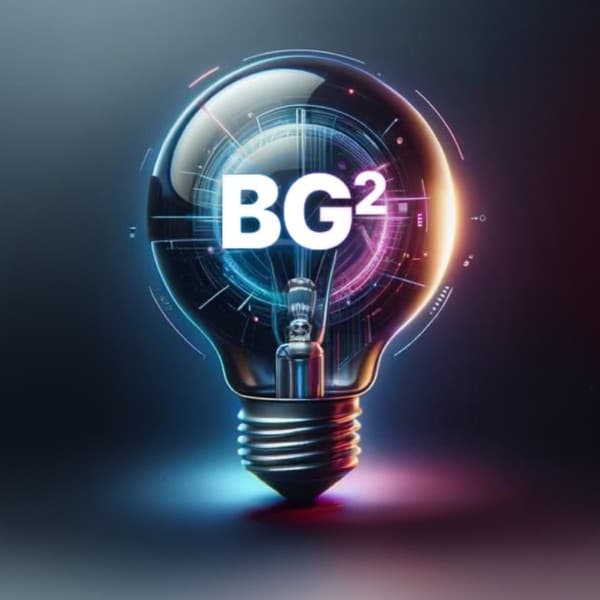 BG2Pod with Brad Gerstner and Bill Gurley
BG2Pod with Brad Gerstner and Bill Gurley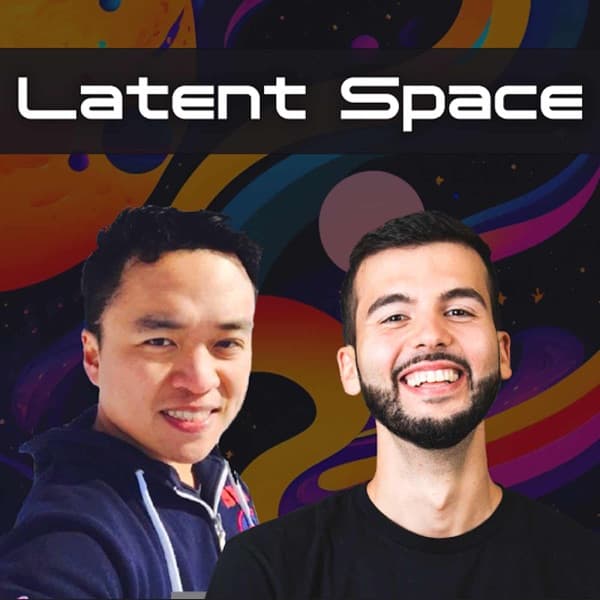 Latent Space: The AI Engineer Podcast
Latent Space: The AI Engineer Podcast
